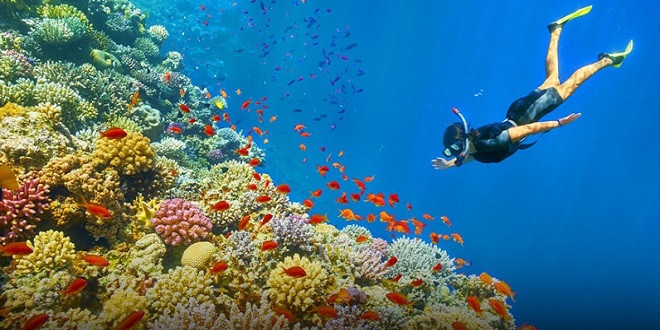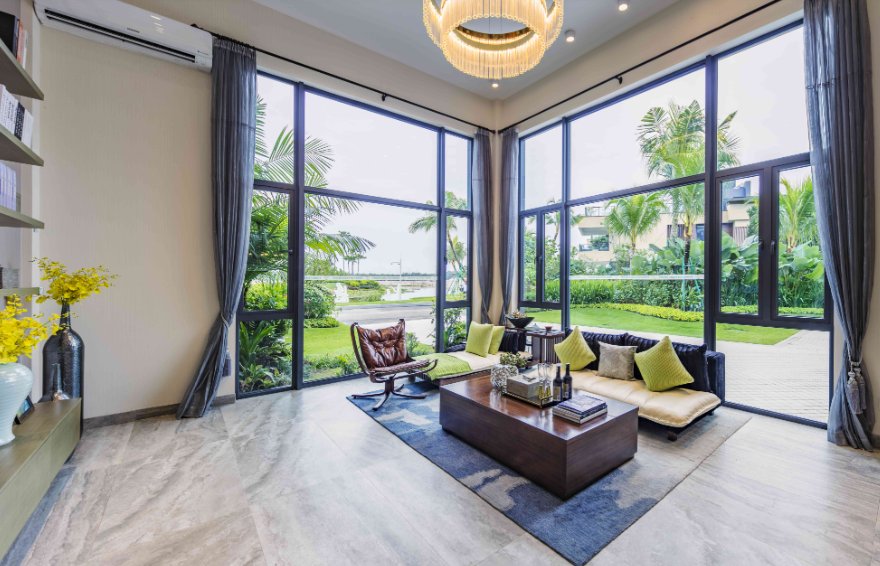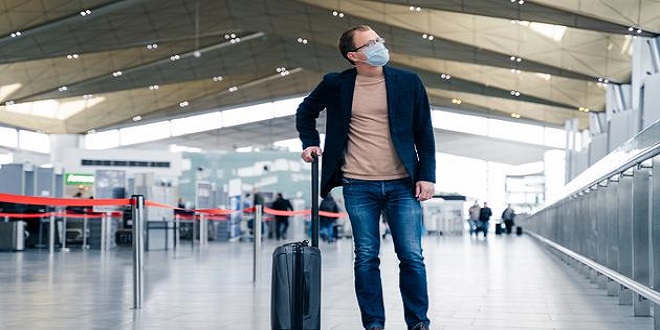Diving and Snorkeling Guide to The Philippines

Geography
There’s a saying that the Philippines has it all and this is certainly true above the sea (as well as below). Northern terraced mountains give way to the steamy southern rainforest. In many parts of the country, rice fields sit in the shadow of volcanic cones (some still active). Their past eruptions have created some extremely fertile regions making farming popular for nearly half of the Philippine land. And the Philippines boasts over 7,000 islands (the official count is 7,107) and some stunning, coconut-covered atolls. 2,000 of the isles in the Philippines have inhabitants. In contrast, it is said 2,500 don’t have names. Luzon and Mindanao are the largest islands making up two-thirds of the country’s landmass. 66% of the country’s land is found on these two islands
Climate
There are two seasons in the country, the wet season and the dry season, based upon the amount of rainfall. This is dependent as well on your location in the country. The average year-round temperature measured from all the weather stations in the Philippines, except Baguio City, is 26.6 °C (79.9 °F). Cooler days are usually felt in the month of January with temperatures averaging at 25.5 °C and the warmest days,
in the month of May with a mean of 28.3 °C (82.9 °F). The dry season is November into June and this is considered the best time to visit for diving, although diving can be done year-round. In fact, during the rainy season in places like The Visayas, the sea flattens out and makes it easy to get to almost any site. The rains are dictated by the amihan (northeast monsoon) and the habit (southwest monsoon). The southwest monsoon sometimes brings winds with it and that can make some sites inaccessible, so check with your dive operator about his particular region and how it is affected.
Language & Culture
Language – A total of 182 native languages are spoken in the country and four languages have been classified as extinct. There are 13 indigenous languages with at least one million native speakers: Tagalog, Cebuano, Ilokano, Hiligaynon, Waray-Waray, Kapampangan, Coastal Bikol, Pangasinan, Maranao, Maguindanao, Kinaray-a, and Tausug. One or more is spoken natively by more than 90% of the population. The good news for visitors is that English is also very widely spoken. So communication in the Philippines is normally very easy. Menus are in English at restaurants and hotels and stores have English signage and English-speaking staff. Thus, the Philippines is considered one of the most visitor-friendly countries in Asia.
Culture – The Philippine culture is famous worldwide for its colorful dances, songs and tasty cuisine. The culture of the Philippines has been heavily influenced by both Asian and Western cultures. The Philippines was first settled by Melanesians. Today, few in number, they preserve the traditional way of life and culture. After them, Austronesians, or Malayo-Polynesian, arrived on the islands.
Today the Austronesian culture is very evident in the ethnicity, language, food, dance and almost every aspect of the culture. While dance, cinema, music, and indigenous art are strong, travelers are most likely to encounter the many Filipino food dishes. Rice is a staple. Popular dishes such as adobo (a meat stew made from either pork or chicken), lumpia (meat or vegetable rolls), pancit (a noodle dish), and lechón (roasted pig) are popularly served and should be experienced.



